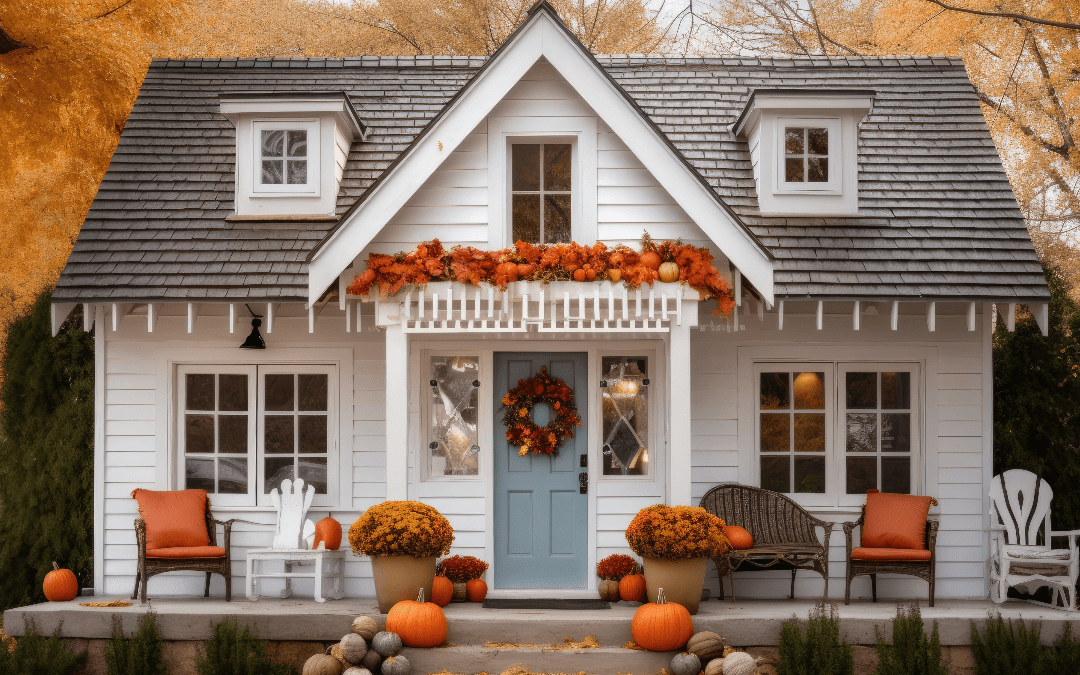Yes, there are tiny houses. But after a pandemic-era boom, it turns out that “regular” houses are getting tinier too. With smaller homes, more people are looking for ways to maximize their living space. It’s a prime opportunity for home furnishings, home goods and housewares that offer a smaller profile, can multi-task and help reign in all our stuff.
Thanks in part to higher interest rates, construction prices and material costs, the median size of single-family new homes in the U.S. dropped to 2,191 square feet in the second quarter of 2023, the smallest size since the end of 2010. (Data comes from the U.S. Census Bureau, the U.S. Department of Housing and Urban Development and the National Association for Home Builders.)
It appears some builders are cutting the number of bedrooms in order to decrease footprints and make homes more affordable. Starts of single-family homes with fewer than three bedrooms increased by 9.5% in 2022 over 2021, while starts with more than three bedrooms decreased by 13.1% during that same period, according to Zillow.
But other builders are eliminating separate dining rooms, living rooms or bathtubs, or turning to options like jack-and-jill bathrooms and bunk rooms to reduce cost and size, according to The Wall Street Journal.
Perennial Desire for More Space
No matter the size of your home, it’s pretty natural to wish for more space. Or look for ways to contain and organize your belongings. Space was one of five key themes identified by IHA in 2020 as a motivating factor in the purchase of home and housewares products.
In the 2023 IHA Market Watch Report, 60% of respondents said they experienced some kind of space-related challenge at home. (Seventeen percent said “many,” 21% said “a few” and 22% said “sometimes.”)
That survey found that consumers who are most challenged by their living space tend to be 35-44 years-old with a household income under $50,000. That’s an age group that’s likely to have young children, along with all the toys, clothes and gear that go along with them.
What It Means for Home and Housewares
It’s certainly nothing like during pandemic era shutdowns, when our homes had to multi-task as schools, offices, restaurants and more. But the current downward trend in home size goes to show the need for space-saving home solutions will probably never go away. (Ikea is just one retailer betting on this; they recently announced a strategy to open smaller stores in city centers that focus on small-space living.)
It’s a good time for retailers to add versatile items to their assortments that consumers can use in different rooms in different ways. That could include anything like this c-shaped portable table from Honey-Can-Do International that can act as a laptop desk, chic accent table or charging station, or this over-the-door organizer from Smart Design that can multiply the storage capacity of kitchen pantries, home offices, bathrooms and more.
It’s also important to remember that consumers may not have the space to put essential items out of sight. Any items that save space and are designed to stylishly blend in with their décor are likely to be appreciated. Think about products like TRINITY’s litter box enclosure/end table (a finalist in IHA’s 2023 Global Innovation Award for Excellence in Product Design), which takes care of an essential pet need but is designed to serve as an attractive piece of furniture as well. Another example is the Pillar humidifier by AirCare which has a low profile and warm-gray driftwood inspired finish.

